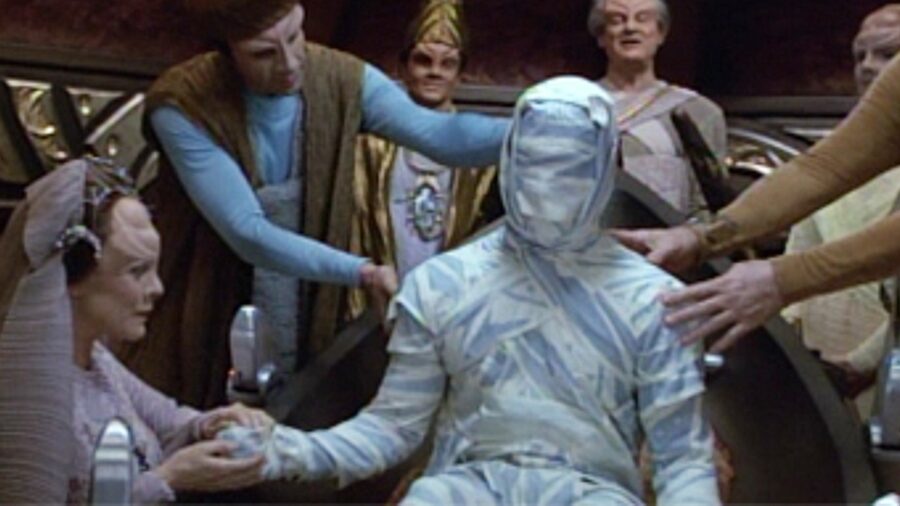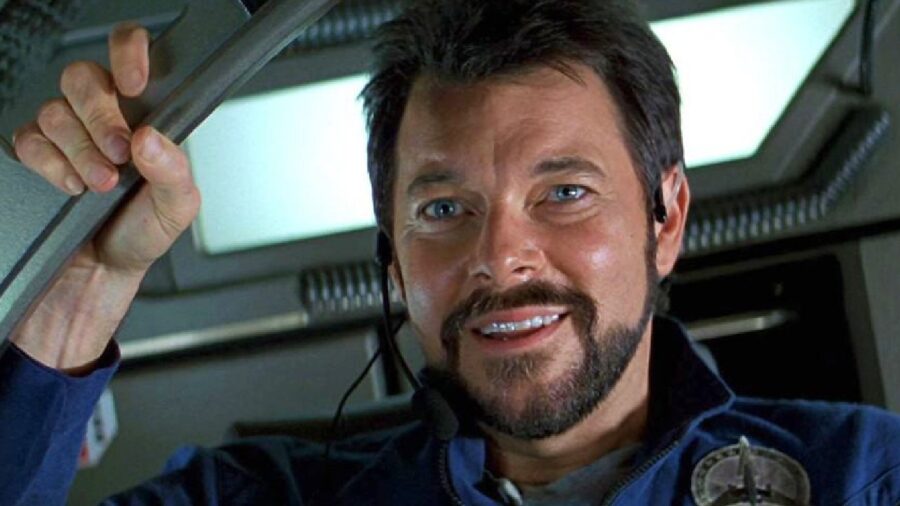The Filmmaking Technique That Drove Star Trek Producers Crazy

For better or for worse, Star Trek is a franchise where you typically don’t notice the camera angles. Most directors stick to a few tried and true angles, and this helps various shows feel familiar…for example, no matter who has directed the episode you are currently watching, it will look more or less like the one before it and the one after it.
Some directors try to change things up and get heavily criticized: for example, veteran Star Trek director David Livingston once revealed how much the producers of Deep Space Nine and Voyager hated his use of Dutch angles.
Rarely Used In Television

Before discussing this Star Trek director’s woes, we need to review exactly what Dutch angles are. In short, this is a filmmaking technique that involves tilting the camera and presenting the image at an angle. This imitates the viewer tilting their own head and looking at something, and because such shots are relatively rare in TV and film, they are often used to make audiences feel uneasy or otherwise underscore that things aren’t exactly as they seem.
Titled Angle Shots

As a franchise, Star Trek doesn’t use Dutch angles very often. The first reason for this is, as mentioned before, that producers want episodes to have a kind of uniform look, something that was particularly important once the show hit syndication. Additionally, Dutch angles are sometimes overused by bad directors, so the use of them can draw the wrong kind of attention to any given episode.
That’s a lesson that Star Trek director David Livingston learned about Dutch angles the hard way while working on the Voyager episode “Emanations.” The episode had an interesting gimmick where Harry Kim apparently died, waking up in an alien world where the residents treat him as a visitor from their afterlife. For the director, this presented the challenge of figuring out the best way to make the alien world look very different from what we normally see in the show.
Star Trek Didn’t Play With Filming Techniques

While working on this Star Trek episode, Livingston told producer Jeri Taylor that he wanted to use Dutch angles for those shots and got an immediate reaction: according to the director, “They all threw up their hands because I did that in [DS9’s] ‘Crossover’ and took a lot of sh*t for it.” That episode was set in the Mirror Universe, and Livingston thought the creative camera angles would create a visual language that this universe was unlike our own, but his camerawork ended up annoying both producers and fans.
A Little Went A Long Way

Nonetheless, he felt that this Star Trek: Voyager episode wouldn’t be complete without the Dutch angles, and it took some convincing to finally get Jeri Taylor and Rick Berman onboard with the idea. Even after they gave their approval, though, Livingston recalls these producers telling him not “to go too far overboard with it.” Accordingly, the director tried to show restraint, noting that “I didn’t do it as much as I wanted” but enough so that audiences had “a sense that things look slightly unbalanced and skewed.”
Jonathan Frakes Approves Of Dutch Angles

As Star Trek fans, we don’t get what the fuss was all about…Livingston’s Dutch angles looked great in Deep Space Nine and Voyager, perfectly accomplishing the task of letting us know that things are slightly askew. And considering that Jonathan Frakes is famous for creative camera angles and is Trek’s best director, it’s weird to think the producers hated Livingston’s creative technique so much back in the ‘90s.
Of course, given that the sci-fi stinker Battlefield Earth is infamous for its poor use of Dutch angles, it’s possible the franchise dodged a bullet in not being associated with a film technique overused by hack directors.












